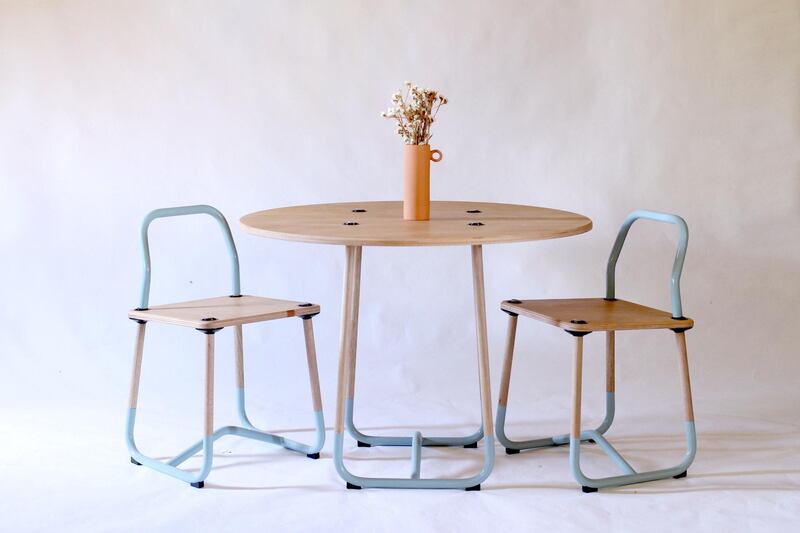Some are prototypes, some mere inklings of an idea, and some already available for purchase – but all capture the zeitgeist. The objects featured in the Global Grad Show during Dubai Design Week offer a fascinating snapshot into current design thinking, but also a peek into the future.
Since launching in 2015, the Global Grad show has evolved into one of the world's largest student gatherings, and for this year's edition, presented a total of 200 graduate projects, by students at 92 of the world's leading design schools. Objects and ideas were grouped under three themes or categories – Connect, Empower and Sustain – and we have selected the ones that we hope to incorporate in our homes before long.
Bora
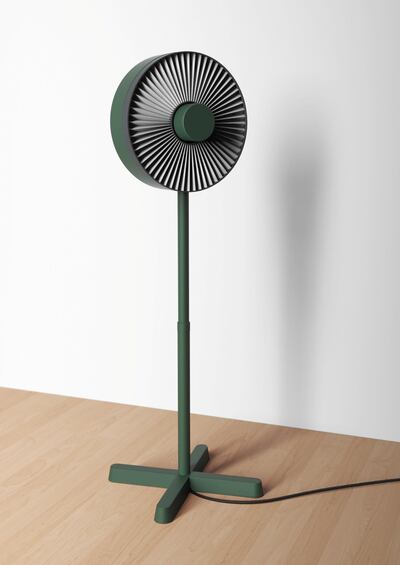
Adrian Woo of the ECAL/University of Art and Design in Lausanne presented Bora, a multi-purpose air-conditioning system that is part fan, part air purifier and part humidifier. The fan acts as the foundation, to which the separate humidification and purification plates can be added and removed, depending on the required function. Because all three elements connect to a single stand, Bora is ideal for smaller spaces, and can easily be stored. It is a great solution for UAE residents who want to switch off the air-conditioning from time to time, and enhance their indoor air quality.
Water Curtain
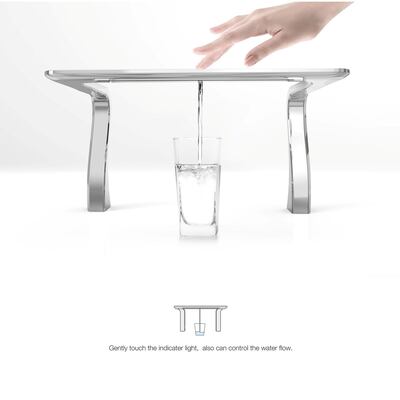
Smart kitchen appliances will probably be ubiquitous within a matter of years, and once you have a fridge that informs you when you need more milk, and an oven that messages you to let you know your food is ready, you will probably want a faucet that can gauge exactly how much water is required to wash whatever is underneath it. Conventional faucets generally consist of a fixed form and a single jet spray that offers limited water coverage, which means they are not particularly efficient when it comes to large or multiple objects. The Water Curtain by Jiaqing Zhang, Liye Zhang, Xucheng Yan, Zihan Xie, Ximing Jiang, Chen Gao and Xin Ai of the Huazhong University of Science & Technology, uses an infrared sensor to determine exactly how much water is required in relation to whatever is being washed. It can also distinguish between individual items, meaning two objects can be washed at the same time, while a more traditional pour can be achieved at the touch of a button. It is a much less wasteful way of handling water.
Loigt
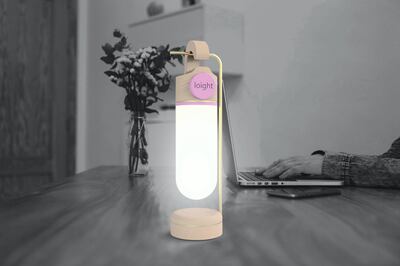
Created by Zahra Ghiaci from the Art University of Isfahan, Loight is a rechargeable light source for use around the home. The thinking is that it can be effortlessly carried as people move around their space, so there is less chance of them leaving multiple lights on as they float from room to room. A subtle, minimalist design, which combines smooth lines with light wood, means Loight will look great wherever it is placed. Each unit has its own charging station, and will switch itself off while connected and back on when detached. Users can adjust the intensity of the light depending on the environment and situation, while multiple units can be combined for family areas such as the dinner table. Loight aims to promote the light- and energy-efficiency of lanterns, with a modern, sustainable twist.
Cloud
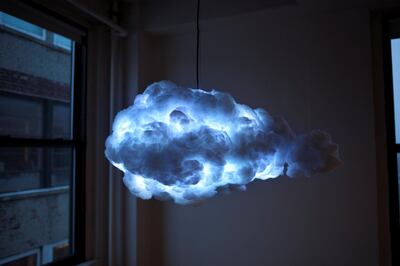
OK, so the Cloud might not be the most essential of home accessories, but it may well be the coolest. In the words of its creator, Richard Clarkson, it is "a music-activated visualisation system that conducts thunder-and-lightning performances". Using an Arduino controller and embedded motion sensors, the Cloud consists of an interactive lamp and speaker system that flashes light and explodes sound to simulate the immersive experience of thunder and lightning, only indoors. Users can adjust the Cloud's light levels and colour while streaming music via Bluetooth-compatible devices. A cloud comprising sensors and code, this is a highly technical interpretation of nature, designed by Clarkson, the founder and creative director at Richard Clarkson Studio, and a student of the School of Visual Arts.
Makerball
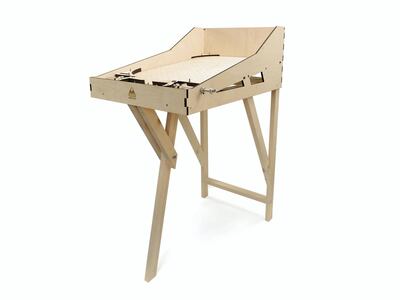
Who doesn't need a DIY pinball machine in their life – particularly one that doubles as an exercise in mindfulness? In our efficiency-driven, highly stressed age, playing has come to be seen as a waste of time, suggests Makerball designer Alain Schibli, who also laments the demise of the pinball machine as an icon of pop culture. In response, he has created a so-called "toytool" that is essentially a DIY pinball machine kit for adults. Solid and sturdy, it is made mainly from wood, and works with simple, reliable mechanics that are easy to understand. There is also the option of upgrading Makerball digitally – with sensors, a microcontroller and a free Make & Play app, which allows you to start playing for points. It was first envisaged early last year as part of a project for Schibli's master's degree at the Zurich University of the Arts, and evolved into a purchasable design kit after a successful stint on Kickstarter. "Makerball provides the base, the rest is up to you. Makerball allows almost endless possibilities and is all about DIY: expand, change, decorate, paint or pimp it up the way you want it," the designer says. "Makerball isn't loud, nor does it have any flashing lights. Here, the rolling ball becomes an object of meditation. Mindfulness and concentration instead of sensory overload."
Guma
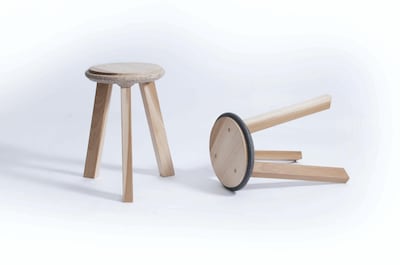
Alejandro Curi has long been concerned about the issues of pollution and contamination in his native Mexico. In response, the student of Centro, Mexico's university for creative studies, designed a set of household objects crafted from discarded tyres. In Mexico, a reported 33.5 million tyres are used annually – 91 per cent are abandoned, 5 per cent recycled and 2 per cent deposited in collection centres, while a meagre 2 per cent are used as fuel by cement companies. Guma is an attempt to address this enormous waste by reusing the constructive properties of rubber to create new, environmentally friendly objects. This transforms a common material into an intriguing decorative feature.
Onda
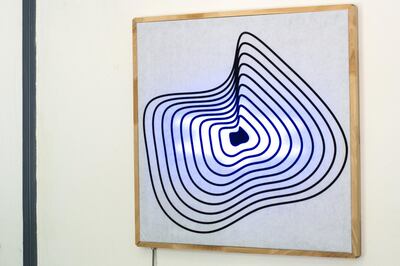
Air quality is clearly a concern for the designers of the future, because more than one of the projects in the Global Grad Show aimed to offer visually appealing solutions to the issue of poor indoor air quality. One of our favourites, Onda, by Joca van der Horst of the Eindhoven University of Technology, is a decorative textile that purifies the air. It is a genius piece of thinking, if rather complex. The piece of fabric features a thin coating of copper-doped titanium dioxide, which in daylight enables the textile to create a reaction with pollutants, ranging from soot to bad odours, and transform them into harmless water molecules. Users can track air quality by lightly pressing Onda's fabric. This activates a light that will remain slow and calm when the air is clean, but become quick and frenzied when it senses pollution. Users can also momentarily boost air purification by pressing and holding the piece, lighting the frame to emit ultraviolet light, the most efficient method of rapid air purification. "With interchangeable textiles and designs, Onda unites life-enhancing technology with personal expression," its creator says.
MOS
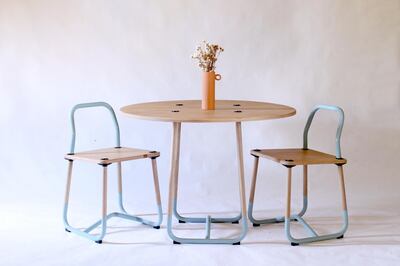
As spaces get smaller, and consumers become conscious of leading less wasteful lives, modular furniture is becoming increasingly popular. And it doesn't always have to look bland or unrefined, as designer Isaac Francis of the Royal Melbourne Institute of Technology proves with MOS (Modular Object System), a system of modular components that can be configured to create an extensive, adaptable range of furniture. By harnessing the flexibility of rubber and the strength of steel and timber, the system removes the need for any glue and fixings. Furthermore, it is made from small components, which means it can be easily flat-packed, allowing for cost-effective storage and delivery.
Moove
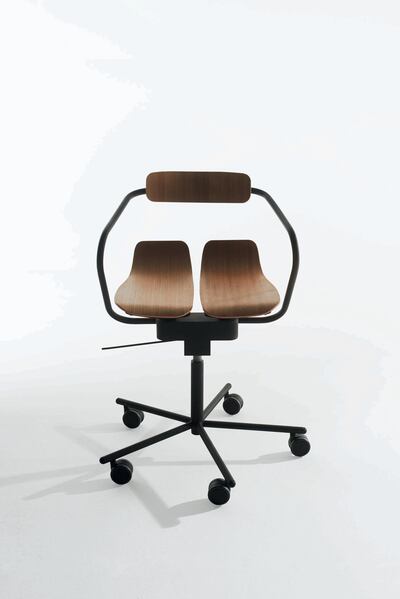
Anyone who is glued to their desk for eight hours a day will appreciate the thinking behind the Moove office chair. Designed by Yasunori Morinaga of ECAL/University of Art and Design in Lausanne, the “ergonomic office chair is designed to stimulate the emotional centre of the brain, the limbic system, to connect energy, focus and creativity”. Moove takes its cues from Dr Patrik Künzler’s Limbic Chair, adapting many of its features to offer “a more elegant aesthetic at a lower cost”. Like the Limbic Chair, Moove incorporates a seat division that allows each thigh to move individually, enabling the user a physical pliability more natural to the body than conventionally static seating positions. Extending the heritage of affordable plywood chairs, Moove provides a warm and medically beneficial alternative to the common office chair.
Tactuitive
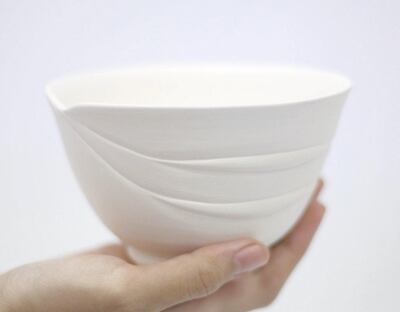
Falling under the Global Grad Show's Empower category, Tactuitive is a beautifully sensitive design from Ng Tsian Wah of Singapore's Nanyang Technological University. It is a collection of tactile tableware, designed in such a way as to allow visually impaired users to distinguish between different but similarly shaped vessels. The set includes four items: a rice bowl, a soup bowl, a side dish bowl and a tea cup. Each features different patterns on its exterior, consisting of a number of converging and diverging lines. This purely touch-based approach empowers visually-impaired uses to recognise the function of their tableware without assistance, and also propagates the idea of design as a truly universal, utterly inclusive language.
____________________
Read more:
[ Our favourite finds at Dubai Design Week 2017 ]
[ World without colour: would you enjoy an all-black-and-white meal? ]
[ An interactive guide to Dubai Design Week 2017 ]
____________________
